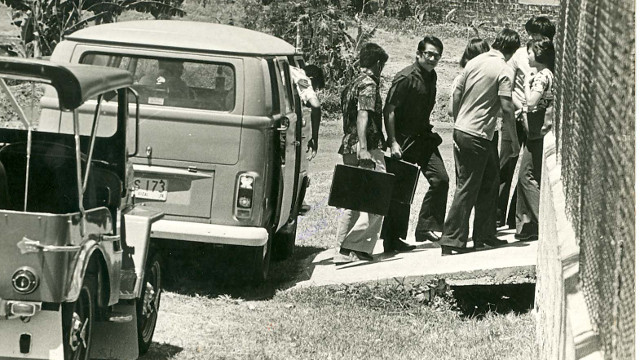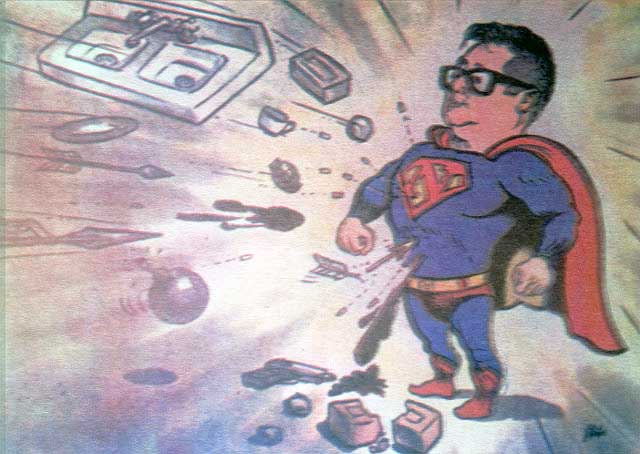SUMMARY
This is AI generated summarization, which may have errors. For context, always refer to the full article.

MANILA, Philippines – In commemoration of the 30th death anniversary of Benigno S. Aquino Jr. on Wednesday, August 21, GMA News TV presents the documentary ,“Ako sa Ninoy,” on Saturday, August 24, 9:45 p.m.
Aquino, a senator of the Third Republic and father of the incumbent president, Benigno S. Aquino III, led a multifaceted life that also became a predominant narrative in the Philippines’ modern history.
From his trailblazing youth as a cub reporter for the “Manila Times” to his meteoric rise in politics as the youngest mayor, governor, and senator in postwar Philippines, Aquino embodied the character and energy of the Fifties and Sixties, when the country was second to Japan as Asia’s leading economy.
Earnest struggle
The one chapter Aquino is best remembered for is his fierce opposition to the Marcos dictatorship.
What began as a personal rivalry in the late Sixties became elevated in Aquino’s case to an earnest struggle for freedom and democracy, following his almost 8 years of imprisonment during Ferdinand Marcos’ martial rule.
Aquino was also known as “Ninoy,” his nickname in the Aquino family that became his popular appellation among the Filipino people.
After his imprisonment, Aquino spent 3 years in exile in the United States, where he carried on his campaign to pressure Marcos to restore civil liberties.
His assassination in the hands of military escorts on August 21, 1983, upon his arrival at the Manila airport that now bears his name, sparked a spontaneous national protest movement that led to a snap election in 1986.
In turn, this bitter and violent election campaign led to People Power and Marcos’s downfall and catapulted Ninoy’s widow, Corazon Aquino, to the presidency.
READ: Revisiting the Aquino assassination 30 years after
On Feburary 25, 2004, 18 years afer the People Power Revolution, President Gloria Macapagal-Arroyo signed Republic Act 9256 declaring August 21 a public holiday.
“Ako si Ninoy” presents the life and times of the man who might have been president in 1973, if the election that year had not been canceled by the declaration of martial law on September 23, 1972 (Marcos’s Proclamation 1081 was antedated to September 21).

Army officers picked up Aquino outside the Manila Hilton in Ermita, Manila, in the wave of mass arrests enforced at midnight of September 23.
Also in the military’s order of battle who were soon assigned to Aquino’s cell in Camp Crame, upon their arrest in the wee hours, were Senators Jose Diokno, Ramon Mitra Jr., and Francisco Rodrigo, and journalists and publishers Teodoro Locsin Sr., Napoleon Rama, Joaquin Roces, Maximo Soliven, and Jose Mari Velez.
More than two months into martial law, all in this batch but Diokno and Aquino were released and subsequently placed on house arrest. Diokno would spend two more years and Aquino, 7 more years in prison.
The special program, which aims to reacquaint today’s youth with the martyred politician, will feature interviews by Aquino’s associates, friends, and members of his family.
READ: Ninoy and People Power: Stories of generations
Kapuso actor Dingdong Dantes will also read excerpts from poems, articles, and letters that Aquino wrote during his incarceration. – with reports by B. Allie Tah/Rappler.com
Here’s a clip of Ninoy Aquino’s speech in the United States in 1981:
Add a comment
How does this make you feel?
There are no comments yet. Add your comment to start the conversation.